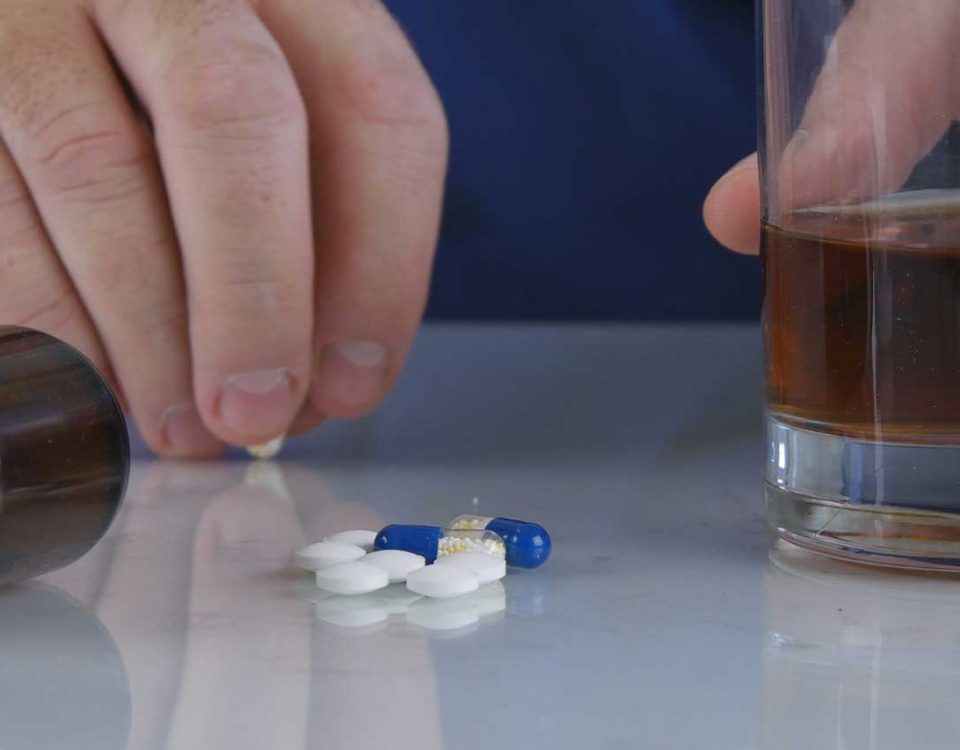Vyvanse is the brand name for lisdexamfetamine dimesylate, which is a central nervous system stimulant that's prescribed to treat attention deficit hyperactivity disorder (ADHD) as well as moderate to severe binge eating disorder (BED). This medication is approved for use in people over 6 years of age with ADHD and over 18 years of age for people with BED. Among other factors, the duration of this medication in one’s system makes it less likely to be used than other stimulants. With that said, the question of the day is: how long does Vyvanse last in your body?
How Long Does It Take for Vyvanse to Kick In?
Vyvanse is a pro-drug, meaning it needs to be taken orally and metabolized by the body to become effective over time. As a result, it can take one to two hours for Vyvanse to kick in, with side effects lasting as long as 14 hours. Like other ADHD medications, Vyvanse works by raising levels of neurotransmitters dopamine and norepinephrine in the brain to regulate chemical imbalance and improve focus, impulse control, ability to concentrate, and more.
It’s also considered a “smooth drug” because side effects gradually occur rather than kick in suddenly. This also means that there’s less of a rebound or severity in withdrawal when the medication wears off or when a person decides to stop using it.
How Long Does Vyvanse Stay In Your System?
Vyvanse’s half-life is a huge determining factor in the length of time it remains in a person’s body. A drug’s half-life refers to the time it takes the body’s metabolic processes to reduce the concentration of the drug by half. Lisdexamfetamine, the main ingredient in Vyvanse, is naturally metabolized into the stimulant dextroamphetamine.
Although lisdexamfetamine has a short half-life, dextroamphetamine has a half-life of about 12 hours, meaning it would be detectable in the body for longer. Based on this, Vyvanse lasts in your body anywhere from 2 to 3 days.
Although the average drug half-life is 5.5 hours, this number depends on various factors, including the dose of the drug taken and how frequently the person uses it. Long-time Vyvanse users may take longer to eliminate the medication from their bodies because their systems have become used to the drug.
Other factors that can affect how long Vyvanse lasts in your system include metabolism, age, weight, body mass, whether the drug was taken with other substances, and how the drug was taken. Some people abuse stimulants like Adderall and Vyvanse either to enhance their performance at work or school or to get high.
In an attempt to intensify Vyvanse’s side effects, a recreational user might crush pills and snort them for quicker and stronger effects. Others might even take Vyvanse with alcohol. Not only can this change how quickly side effects kick in, but long-term abuse also means the drug is likely to remain in the person’s system for longer periods.
Does Vyvanse Show Up on a Drug Test?
Vyvanse was originally believed to have a lower potential for abuse and addiction compared to other prescription stimulants like Ritalin. However, because drug abusers are constantly searching for new ways to misuse these drugs and adapt them to their needs, Vyvanse has become another source of substance abuse. It’s currently a controlled substance and classified by the United States Drug Enforcement Administration (DEA) as a Schedule II drug, meaning it has a high potential for abuse that can lead to severe psychological and physical dependence.
For this reason, while there is no specific Vyvanse drug test, amphetamines like dextroamphetamine do show up in drug tests or screenings. The detectability of a drug in a person’s system depends on different factors, including what is being tested. For instance, blood tests usually have the shortest detection windows, and in most cases, Vyvanse is detectable in blood for up to eight hours after the person’s last use.
Metabolites of Vyvanse also show up in urine tests for up to three days or longer, in some cases. Drug screenings may also include testing hair samples, and Vyvanse is detectable in hair for as long as a month after the person last took the drug. Hair samples tend to have the longest detection windows.
It’s important to know how long Vyvanse will last in your system if you’re taking this medication for the first time. Having an understanding of how medications work in the body, equips you to take them safely and avoid misusing them.
Help for Vyvanse Abuse
Vyvanse is addictive, long-term misuse can spiral into a life-changing substance use disorder. Considering the many factors that go into recovering from drug addiction, individualized, step-by-step care is important in helping someone get sober for good.
If you or someone you care about has developed a Vyvanse addiction, our Palm Springs, CA drug rehab offers prescription drug addiction treatment that can help. With the assistance of our expert medical team and licensed therapists, our rehab programs incorporate both withdrawal treatment and psychotherapy options to address both the physical and psychological challenges of quitting drugs.
From medically assisted detox to aftercare services for sobriety, Banyan Palm Springs offers everything you need for lasting recovery. To learn more about our California drug treatment programs and how to get started, call Banyan today at 888-280-4763.
Related Reading:
The Short-Term Effects of Stimulants
Other Types of Addiction to Avoid After Rehab









